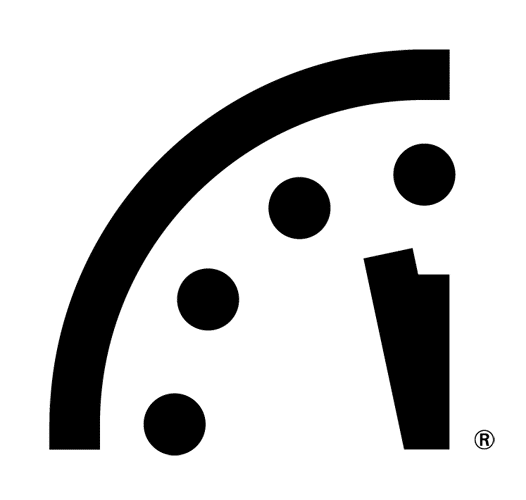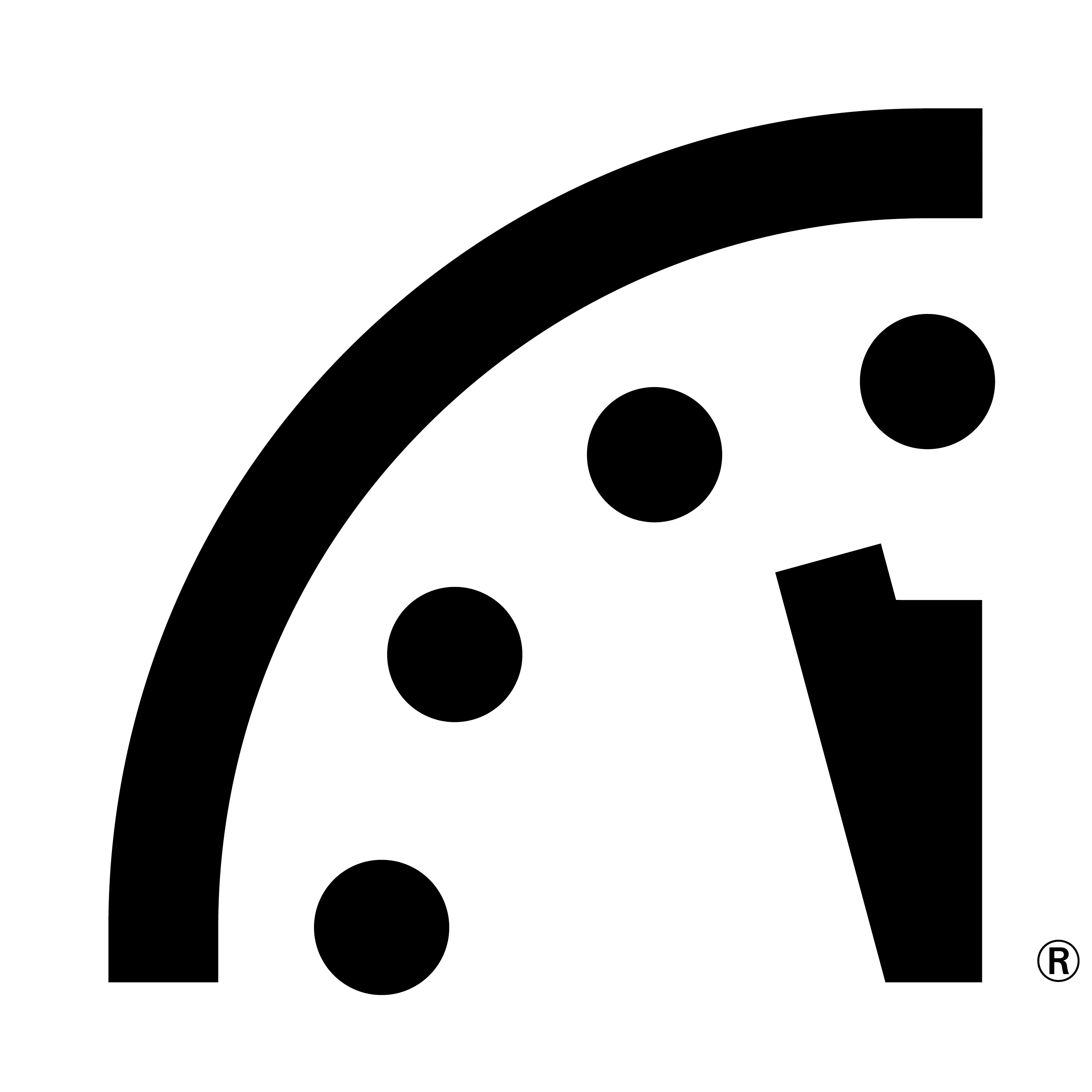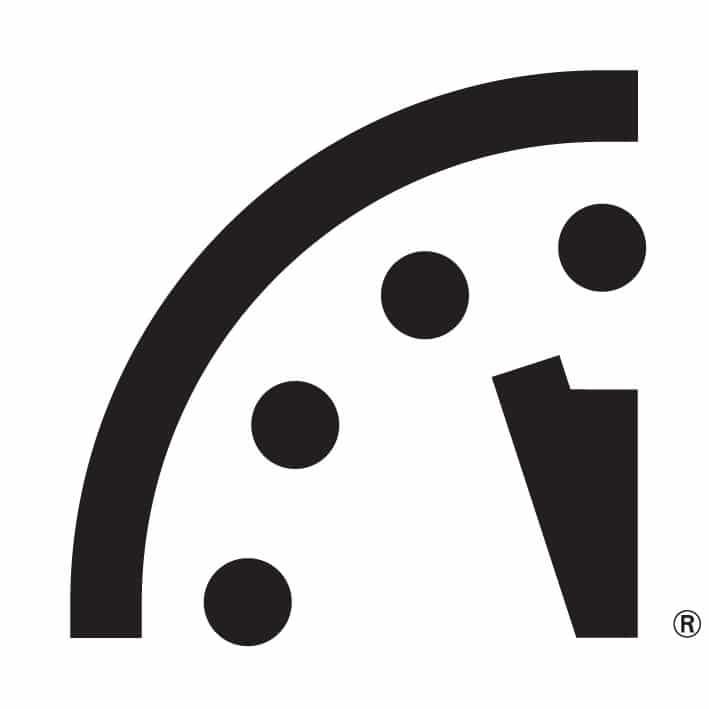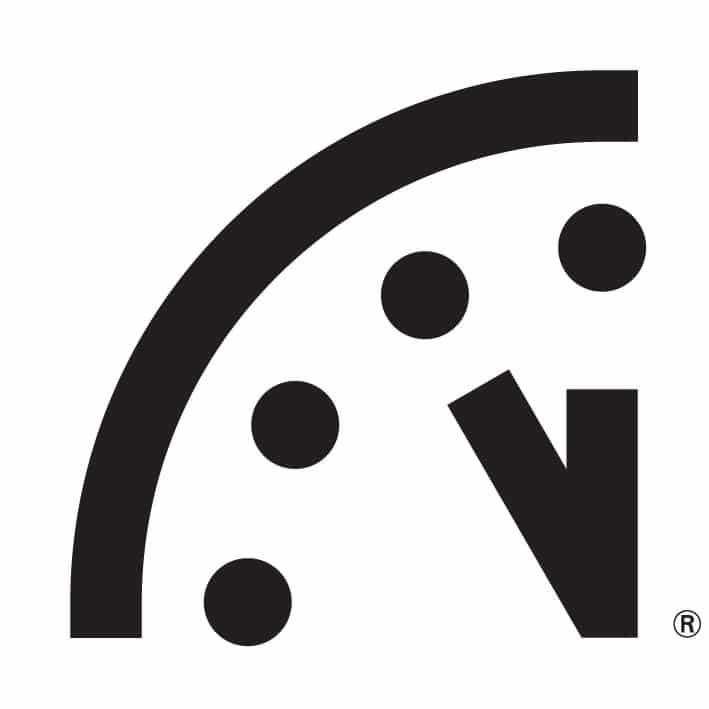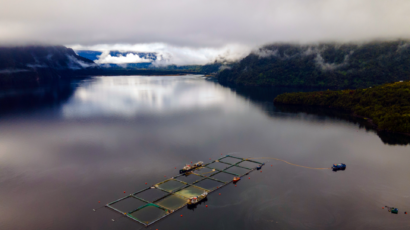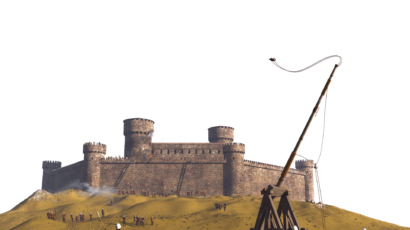A moment of historic danger:
It is still 90 seconds to midnight
2024 Doomsday Clock Announcement
January 23, 2024


Doomsday Clock left at 90 seconds to midnight as climate heat bites

Doomsday Clock Says Humanity Is As Close As Ever to Destruction

Atomic scientists keep ‘Doomsday Clock’ as close to midnight as ever

Doomsday Clock 2024 as close to midnight as ever: What scientists predict

Doomsday Clock remains at 90 seconds to midnight

Doomsday clock stays at 90 seconds to midnight: What we know

Doomsday Clock stays at 90 seconds to midnight

Wars and climate crisis keep Doomsday Clock at 90 seconds to midnight

Doomsday Clock 2024 time update says humanity is as close as ever to global catastrophe
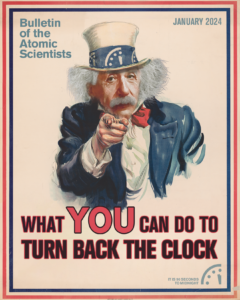
What You Can Do To Turn Back The Clock
The latest issue of the Bulletin's magazine explains how you can help turn back the hands of the Doomsday Clock. Its emphasis is on actions that citizens can take, individually and together, to help reduce major global threats. With the Clock the closest it has ever been to striking midnight, the Bulletin has removed the paywall on this issue of its premium magazine.
FAQ
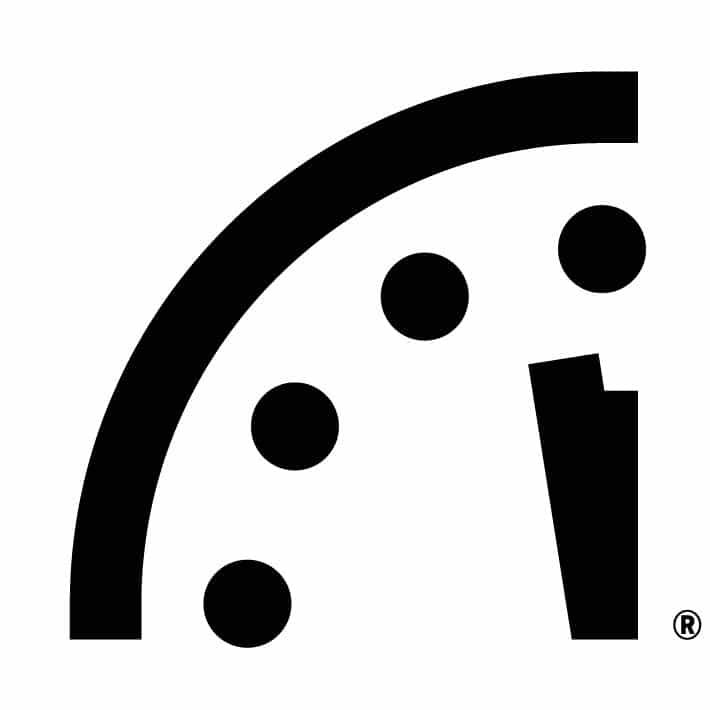
The Bulletin has reset the minute hand on the Doomsday Clock 25 times since its debut in 1947, most recently in 2023 when we moved it from 100 seconds to midnight to 90 seconds to midnight. Every time it is reset, we’re flooded with questions about the internationally recognized symbol. Here are answers to some of the most frequent queries.
The Doomsday Clock is a design that warns the public about how close we are to destroying our world with dangerous technologies of our own making. It is a metaphor, a reminder of the perils we must address if we are to survive on the planet.
When the Doomsday Clock was created in 1947, the greatest danger to humanity came from nuclear weapons, in particular from the prospect that the United States and the Soviet Union were headed for a nuclear arms race. The Bulletin considered possible catastrophic disruptions from climate change in its hand-setting deliberations for the first time in 2007.
FAQ

The Bulletin has reset the minute hand on the Doomsday Clock 25 times since its debut in 1947, most recently in 2023 when we moved it from 100 seconds to midnight to 90 seconds to midnight. Every time it is reset, we’re flooded with questions about the internationally recognized symbol. Here are answers to some of the most frequent queries.
